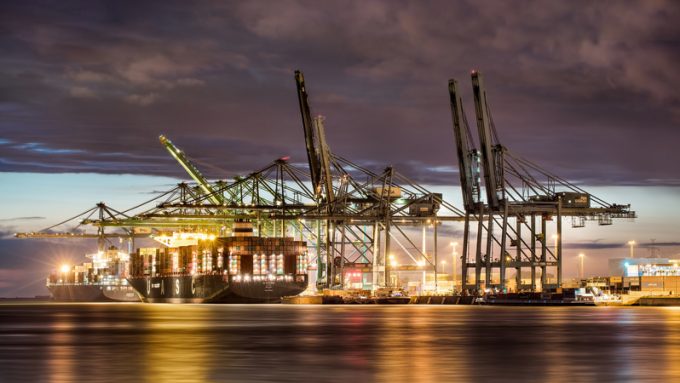Disconnect: time-charters and the freight market
Time to jump off?

Container spot rates were largely unchanged for a third consecutive week, as it became evident that a 15 November rate hike on Asia-Europe trades had failed to have anything more than a marginal impact on pricing.
Drewry’s World Container Index (WCI) global composite rate declined 1%, although its Shanghai-Rotterdam leg edged up 1% and ended the week on $4,071 per 40ft, while the Shanghai-Genoa route was up 3% week on week, to $4,520 per 40ft.
Although these rates are some 255% and ...
Volcanic disruption at Anchorage could hit transpacific airfreight operations
Shippers snap up airfreight capacity to US ahead of tariff deadline
New price hikes may slow ocean spot rate slide – but for how long?
Tighter EU import requirements proving 'a challenge' for forwarders
Forwarders stay cool as US 'liberation day' tariffs threaten 'global trade war'
Supply chain delays expected after earthquake hits Myanmar
Looming Trump tariffs will create 'a bureaucratic monster' for Customs

Comment on this article